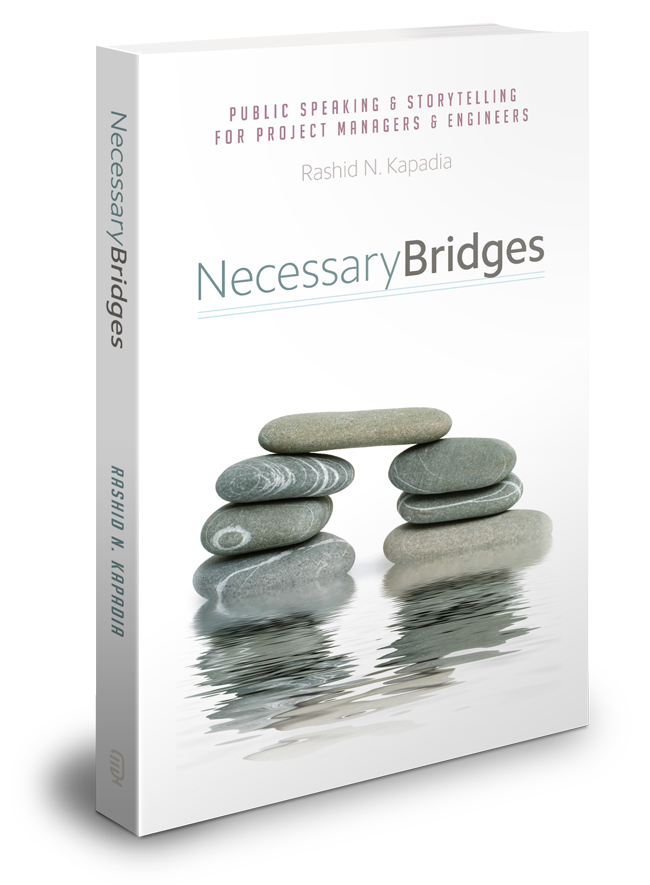I was intrigued. I recently read this—bold & declarative—statement in a book named Team Genius: The New Science of High-Performing Organizations. Hewlett-Packard Co. in the 1950s and 1960s is sometimes described as the greatest corporation of all time. It offered more progressive employee programs than any company before or since, and—not surprisingly—it set records for employee happiness and morale that have never again been matched by a large corporation.
My initial intuition was to dismiss some of the statement, especially—it set records … that have never again been matched by a large corporation—as hyperbole. I checked out both the authors Rich Karlgaard and Michael S. Malone and discovered impeccable credentials. I was intrigued. I doubted that both authors would have agreed to include such a declarative statement without being sure. This was worth looking into.
I found a documentary on YouTube called “HP Origins”. Within this movie I discovered a gem of an insight, absolute treasure, perhaps the very source code for enduring success—one that has paradigm shifting potential for public speaking. Here is a clip of this insight
The purpose of a company is not to make money
It makes money in order to do be able to do what it’s really all about
and in our case that is to make a contribution
We are here to create things that if we didn’t create them,
the world would be worse off,
and if you don’t understand that
you don’t understand the HP way.
The thing that I fell in love with was that there was an immense pressure to make a contribution. That was the key phrase. You have to make a contribution.
You didn’t just bring out a product because you thought you could make money on it.
You brought out a product because you thought it was … some dimension in which it was significantly better.
What this really means, in this sense,
is not to be a “me too” …
not to enter an area unless you feel you have something really to contribute
because if we just try and follow someone …
you’re always going to be at the tail end.
Parallels to public speaking and presenting immediately surface.
Parallel #1: Joel Birnbaum’s description in this video is perfect. “What I love about public speaking and storytelling is that it puts an immense pressure on me to make a contribution.” This is the key phrase. This is the core concept.
Parallel # 2: “What this really means, in this sense, is that I must not create a “me too” speech or presentation. I should not enter an area unless I feel I have really got something to contribute … because if I just try and follow someone … I’m always going to be at the tail end.”
Parallel # 3: I must put pressure on myself, relentless pressure if need be, to keep thinking: “I am here to write a speech … if I didn’t create this speech, the world would be worse off.”
We all probably have some sort of pre-presentation check-list, even if is only an amorphous mental one. I suggest these checklists ought to be headed by one or more of these questions:
Am I contributing?
Why am I contributing?
How am I contributing?
What am I contributing?
This is not about being nice. This is a warning sign. When this question—contributing?—is left unanswered, the danger is that the speech or presentation that follows will, at best, be soon forgotten, at worst, be mainly irrelevant.
I wish you all success in all your future presentations. I predict that the more you intend to contribute, the more memorable and successful you will be. Put differently, I predict that intention to contribute correlates more highly to speaking success than anything else—content, delivery, setting etc. Intention—above all else—to contribute will inexorably inspire more focus and effort on improved content, delivery, setting etc. In this way, self-generated, relentless pressure to contribute becomes a catalyst. Isn’t this the essence of the HP Way? Isn’t this the source code of the world’s most successful and remembered speeches? Please … think hard about this.
Leading a team? Preparing a presentation? Think different: Think “What I love about leading and speaking, is that it puts an immense pressure on me to make a CONTRIBUTION.”
I’ll close out with a video of leaders who have made immense contributions and—most likely—put immense pressure on themselves to make these contributions.
______________________________________________________________________
Every engineer can be a better engineer
by being a better pubic speaker and storyteller
Every professional can be a better professional
by being a better pubic speaker and storyteller
Every citizen can be a better citizen
by being a better pubic speaker and storyteller
I help citizens, professionals, and engineers become better public speakers and storytellers. www.NecessaryBridges.com
Book Description
Necessary Bridges: Public Speaking & Storytelling for Project Managers & Engineers
Every engineer & STEM professional can articulate an engineering & STEM challenge as eloquently and inspirationally as the speaker does in the audio of this clip. At the very least, every engineer and STEM professional can aspire to do so.
STEM = Science Technology Engineering Mathematics
Audio = JFK/moon speech segment/Rice University Sept 12, 1962
______________________________________________________________________
Here is HP Origins (complete)
